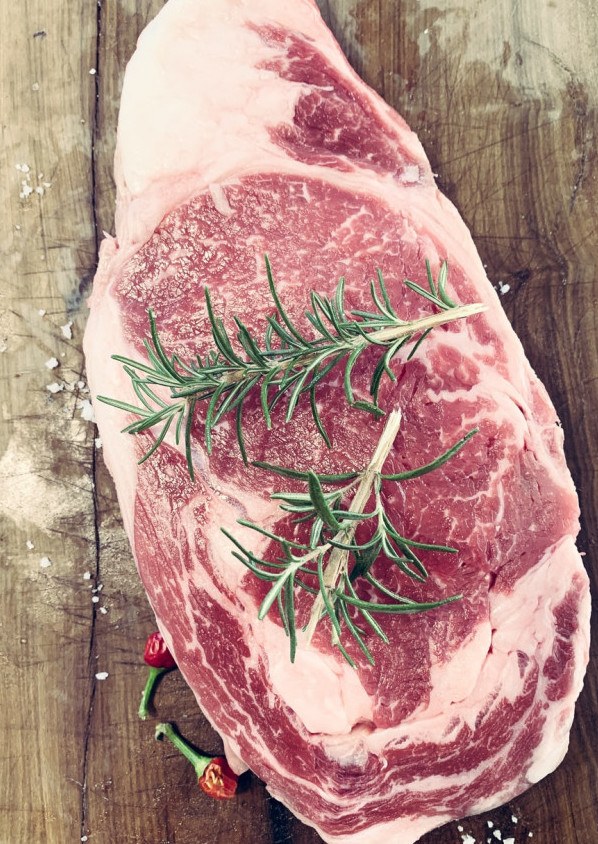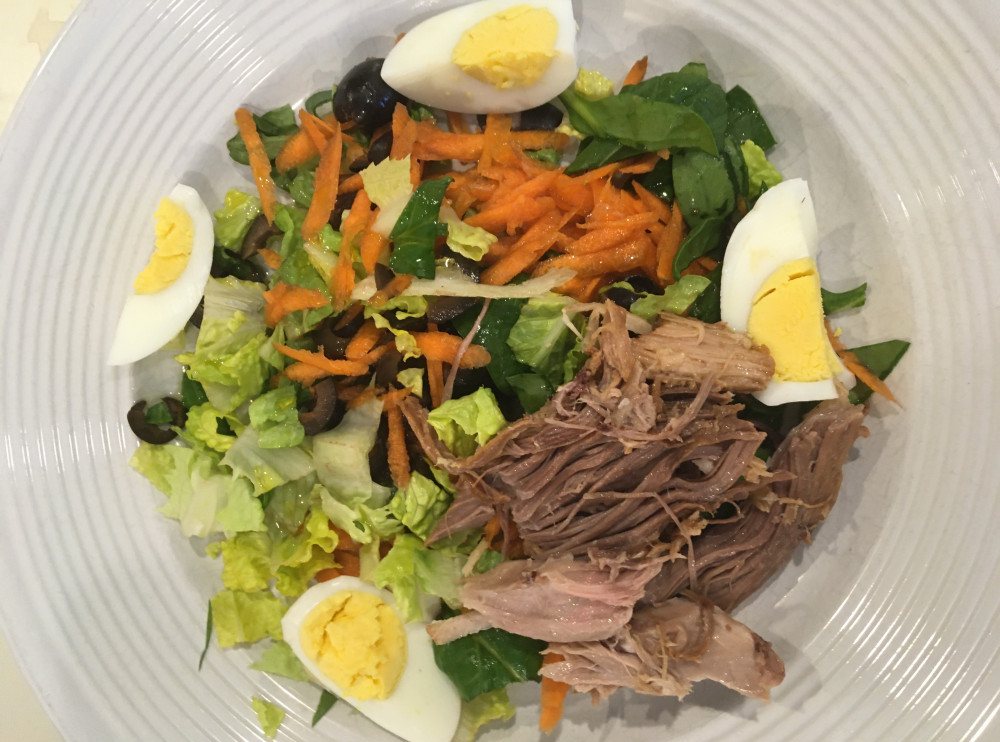After much experimentation with elimination diets and studying nutrition. I have come up with a few things that you should eat everyday for good health. These are foods that are nutrient-dense and provide you with the vitamins and minerals that sustain life.
I understand if you don’t have access to some of these ingredients or if you have to settle for lower-quality products from the grocery store. These are just some ideas of how to get the best possible nutrition for your body.
Cod liver oil
This is probably the supplement that has created the best results for me. It not only raised my vitamin D levels, but also decreased the number, severity, and intensity of the few seizures that I was having. Studies on the effect of vitamin D have linked vitamin D deficiency to autoimmune conditions, epilepsy, skin breakouts, hair loss, and even MS.
- High in vitamins A – 90% of the RDI of vitamin A
- High in vitamin D – 113% of the RDA of vitamin D in a teaspoon
- Reduces inflammation – the omega-3 fatty acids in the cod liver oil help to suppress proteins promoting chronic inflammation.
- Improves bone health – the vitamin D helps the body absorb calcium
- Cod liver oil has been shown to reduce joint pain.
- Improve eye health – vitamin A protects against eye disease.
[easyazon_image align=”none” cart=”n” height=”500″ identifier=”B003BVIALG” locale=”US” src=”https://m.media-amazon.com/images/I/41M0au5BmzL.jpg” tag=”mcurle08-20″ width=”333″]
Grassfed Beef
Beef is a powerhouse of nutrition. There is more nutrition in beef that has been pasture-raised on the grass. If you have a budget and a source for great grass-fed beef, include it as one of the things you should eat every day.
Some of the health benefits that grass-fed beef promotes:
- Supports healthy blood sugar levels
- Contains electrolytes including sodium, potassium, and magnesium
- Fights cancer with twice the amounts of conjugated linoleic acid.
- Six times more omega-3 fatty acids than grain-fed beef.
- Helps to alleviate rheumatoid arthritis and depression.
- Decreases your risk of heart disease with the increased consumption of CLA.
Pasture-Raised Eggs
Farm fresh eggs are the highest quality eggs that you can get. Don’t feel bad about substituting the store-bought eggs if that is what you can afford. You can still see some of the great health benefits from them. Unfortunately, you may be supporting big agriculture and bad farming practices.
Eggs are very convenient for breakfast or a snack. There are many ways to cook eggs. You can even mix them with olive oil and vinegar to create mayonnaise and consume them raw.
The following health benefits can be achieved with eggs:
- Eggs contain vitamin D, vitamin E, vitamin K, vitamin B6, calcium, and zinc.
- Eggs provide your body with 6 grams of protein.
- Eggs give you 5 grams of healthy fats.
- Eggs raise the HDL or “good” cholesterol.
- Eggs are a source of choline which is used to build cell membranes.
- May reduce the risk of heart disease.
- They contain lutein and zeaxanthin which benefit eye health.

Consistency is key
Eating highly nutrient-dense foods every day will lead to overall better health. I was very inconsistent for many years taking cod liver oil. I saw inconsistent results. It wasn’t until I committed to taking it every day and had my blood levels tested that I was able to observe a good improvement in my overall health and well-being. Not only did the number in my lab result reflect a healthier body, but I felt better.
These are foods that can easily be incorporated into your daily diet. You can have eggs for breakfast and a hamburger patty for dinner with a cod liver oil supplement at lunchtime. Ground beef is one of the most versatile foods and can be made into a patty or used in a casserole. These are nutrient foods that you should eat every day for great health.



 I have hit the mid-point of the 30 day Whole30 journey! It is getting easier and easier every day. My meals are very simple and I repeat the same foods often. Luckily, I love the foods that I do eat and I’m feeling pretty great. I have noticed a few improvements and a few uncomfortable symptoms that may be alleviated with time.
I have hit the mid-point of the 30 day Whole30 journey! It is getting easier and easier every day. My meals are very simple and I repeat the same foods often. Luckily, I love the foods that I do eat and I’m feeling pretty great. I have noticed a few improvements and a few uncomfortable symptoms that may be alleviated with time.